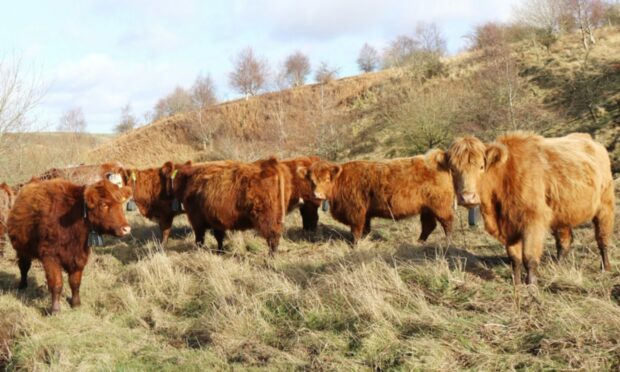Scotland’s forestry agency is adopting virtual fence technology as part of a conservation grazing trial.
GPS collars are being fitted to cattle by Forestry & Land Scotland (FLS) on a site at Glentrool in Dumfries and Galloway which is on the edge of a Site of Special Scientific Interest (SSSI).
The cattle are being used to poach the ground, break up bracken rhizomes and crop back the grass to allow other seeds and plants to take root, in the hope that self-seeded broadleaf regeneration will eventually take place.
Warning
Cows will wear GPS trackers that emit an audible warning when they approach a virtual fence. If the cow doesn’t turn around the animal eventually gets a mild electric pulse similar to that from a standard electric fence.
The system, which is already being used by some farmers and crofters, has been pioneered by the Norwegian company, Nofence . It means that cattle can safely wander – potentially across very large areas of many hundreds of hectares – without the need for fences or barbed wire.
The system uses a combination of GPS, mobile data network, audio signals and solar power to track the exact position of each animal and the data is then transmitted to apps on a mobile phone.
Conservation
Environment forester, Kim Kirkbride, said: “We already use cattle in several of our forests to promote conservation grazing such as in Mabie forest where they’re used to help create habitats for rare butterflies.
“If this trial is successful, it will allow us to consider a wide range of conservation grazing across our landholdings such as working over large areas of open hillside where we could not possibly build and maintain physical fencing.
“It will also enhance environment and biodiversity outcomes on habitats already managed by grazing livestock.”
FLS say that QR codes linked to the virtual fencing show the pasture boundary as well the animals’ location, so walkers will eventually be able to check where cattle are before they go in to an area.
